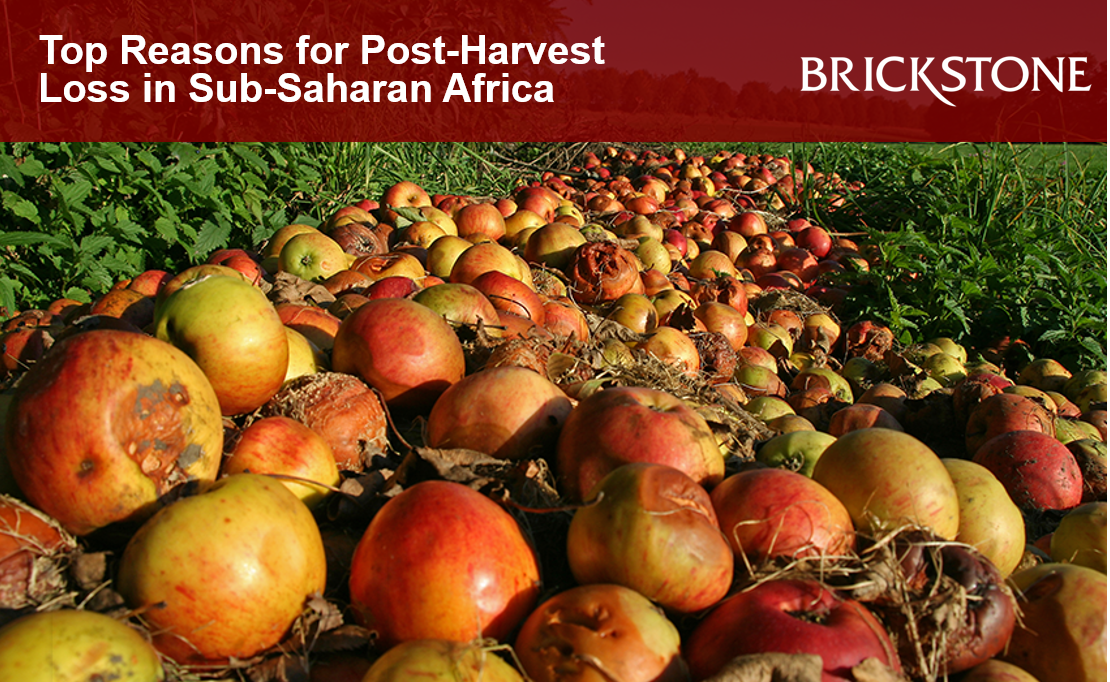Top Reasons for Post-Harvest Loss in Sub-Saharan Africa
Top Reasons for Post-Harvest Loss in Sub-Saharan Africa: Introduction
Post-harvest Loss in Sub-Saharan Africa
Reasons for Post-Harvest Loss in Sub-Saharan Africa
Employment of Improper Harvesting Methods: Majority of farmers in Sub-Saharan Africa are not exposed to proper and adequate education on advanced agricultural processes and tools. They also rely on natural resources and processes. These therefore exposes them to the use of improper harvesting methods such as rough handling, untimely harvesting, absence and low adoption of established maturity indexses, and so on. According to the World Bank, PHLs were less likely to occur in households with the head having post primary education (not just completed primary).
Lack of Access to Effective Storage Facilities: Many storage facilities in SSA are in poor condition, contaminated or infested with pests such as the larger grain borer, or their capacity is inadequate to meet local production. This significantly contributes to the rate of post-harvest loss in Sub-Saharan Africa. Investing in the storage stage of the supply chain and adopting new and improved storage technologies can help reduce the food losses by capturing a greater proportion of crop production and improving crop quality. Reliable pre-cooling facilities and capacities must also be made available and improved upon.
Absence of Proper Packing and Packaging Technologies: Fresh products in Sub-Saharan Africa are majorly transported in unpackaged form or tied in bundles. They are usually placed directly in the trucks and stacked up together, with no cushion against impact and compression. All these greatly reduce the shelf life of such produce if not sold quickly, and thereby contributes to Post-harvest loss in Sub-Saharan Africa.
Lack of Efficient Transporting System: According to a report by IFT, wastage begins the moment growers leave their farms because their means for transporting crops are crude. This is frequent especially during the initial steps for getting them across the countryside to the locations where they can be staged for urban markets, all of which contributes to waste. Much care and improvement in the transportation system is needed to ensure food produce are delivered to the storage or threshing place in good conditions. This will largely contribute in the reduction of Post-harvest Loss in Sub-Saharan Africa.
Unstable Climate Conditions: Climate factors, such as heat, humidity, and altitude, substantially increase post-harvest loss in Sub-Saharan Africa, as Africa is most vulnerable to climate change and its impacts. This contributes to PHL at all stages in the food supply chain from the moment of harvesting, to handling, storage, processing and marketing, as well as outside of the chain. Urgent and efficient climate actions are required to improve climate conditions and its impacts.





